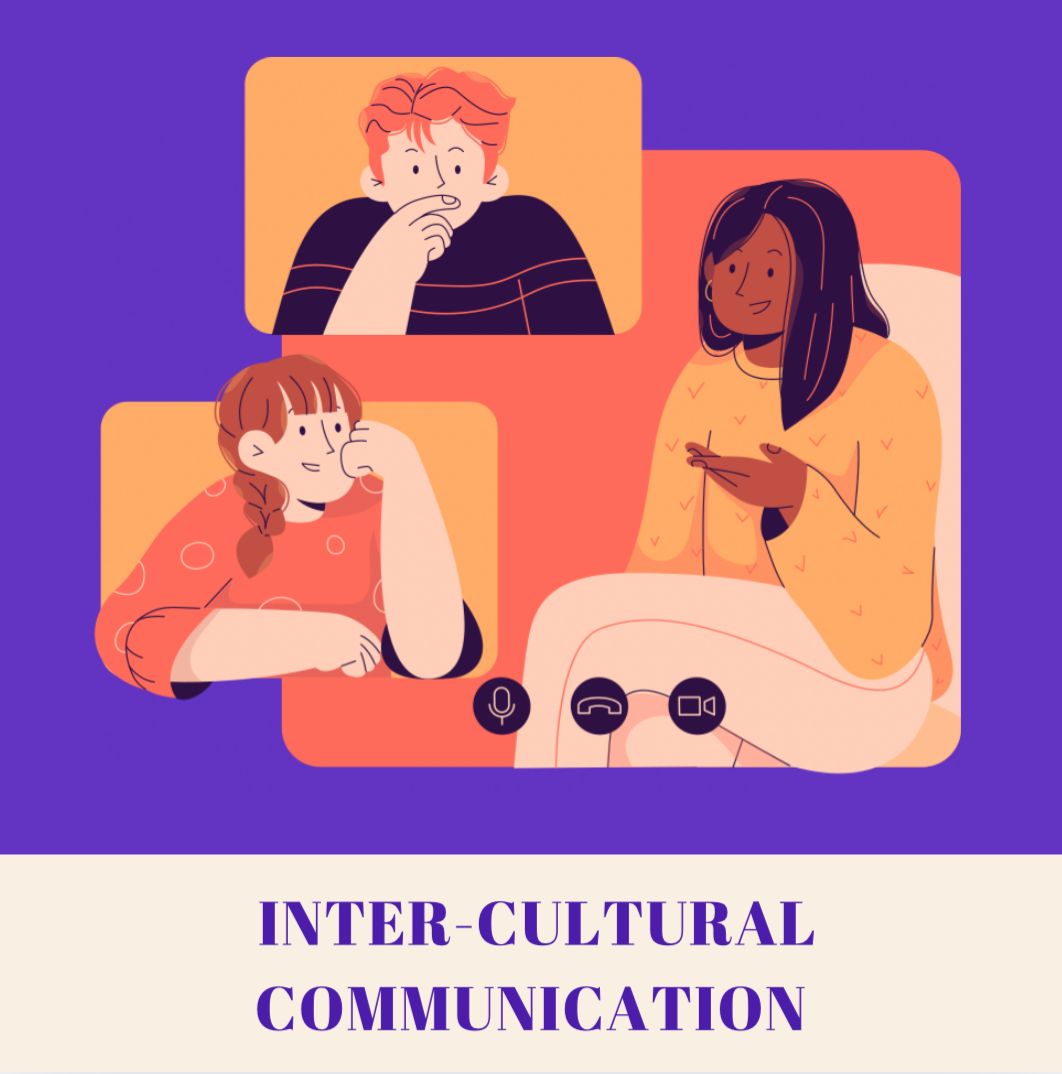
Intercultural communication explores how people from different cultural backgrounds interact and exchange information. It recognizes that communication styles, values, and social norms vary significantly across cultures, leading to potential misunderstandings.
Understanding these cultural differences is crucial for effective communication in today’s globalized world. It involves recognizing and respecting diverse perspectives, avoiding stereotypes, and adapting communication styles to suit different cultural contexts. For example, direct communication may be valued in some cultures, while indirect communication may be preferred in others. Similarly, nonverbal cues such as eye contact and personal space can have different meanings across cultures.
Bridging cultural differences requires open-mindedness, empathy, and a willingness to learn. It’s important to actively listen, ask clarifying questions, and be mindful of your own cultural biases. By embracing diversity and seeking to understand different perspectives, we can foster more effective and respectful communication across cultures.
Kanishka
